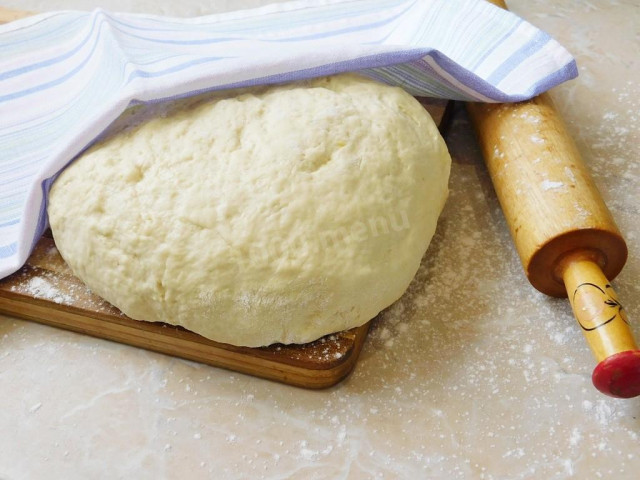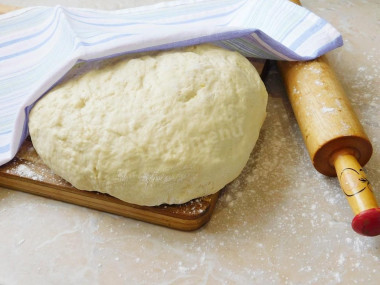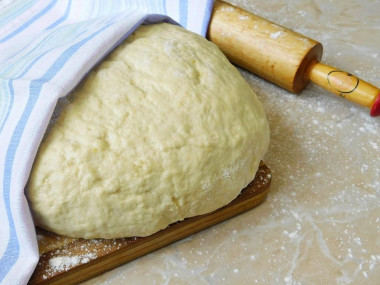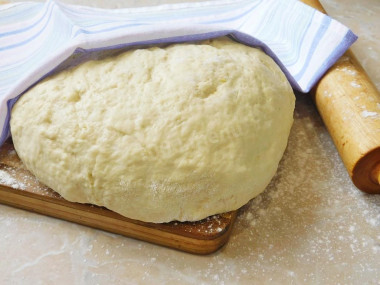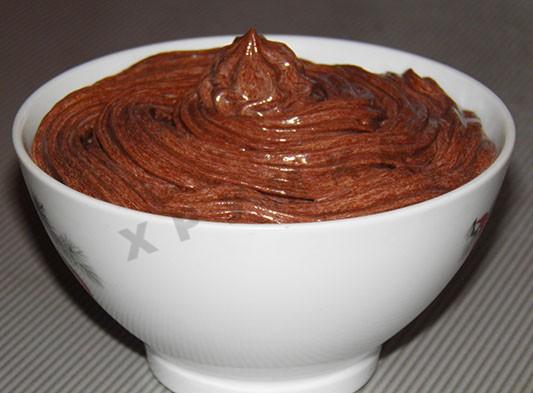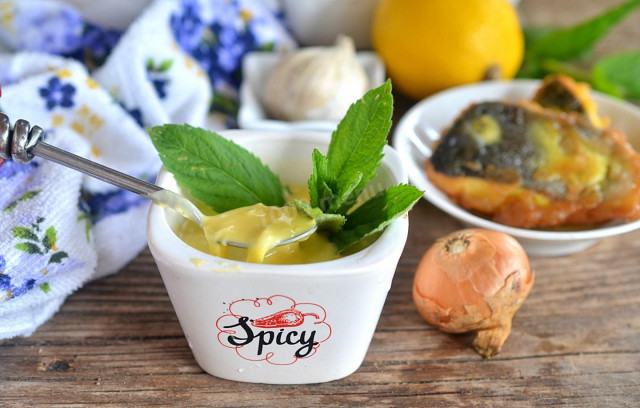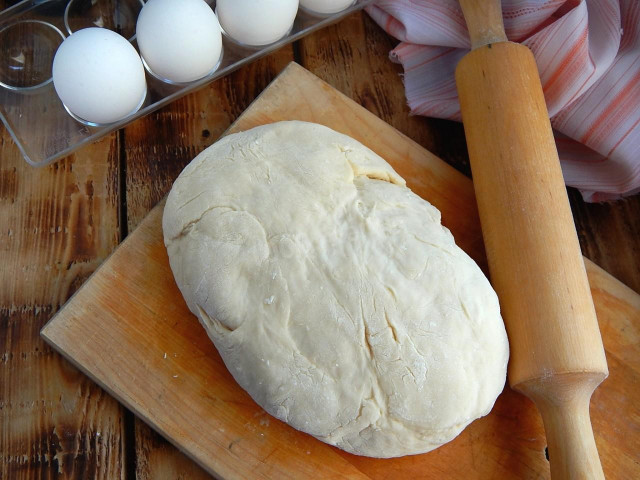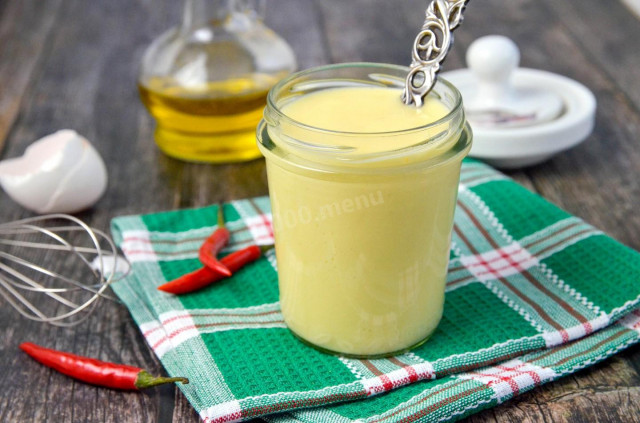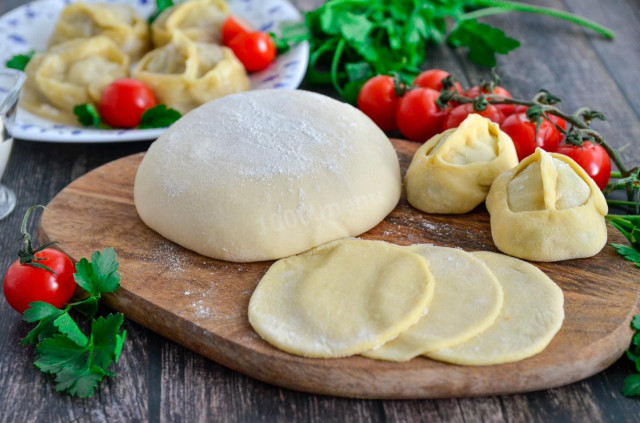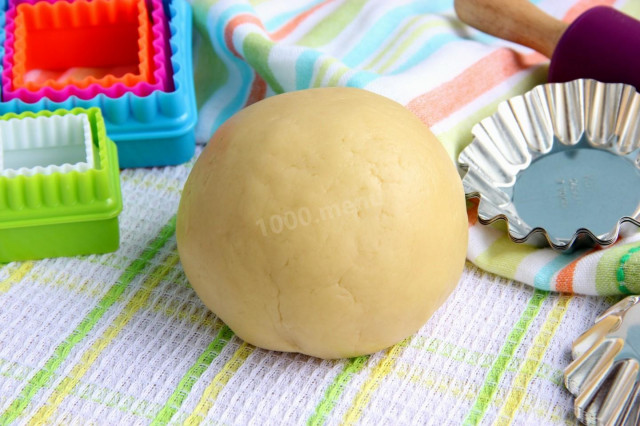Composition / ingredients
Step-by-step cooking
Step 1:
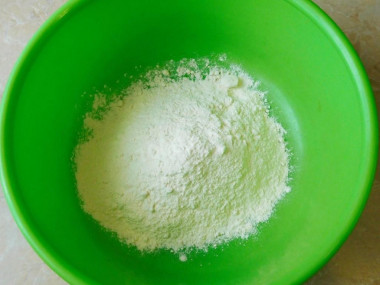
In a spacious bowl, sift most of the required amount of flour. The rest will need to be added little by little when kneading the dough.
Step 2:
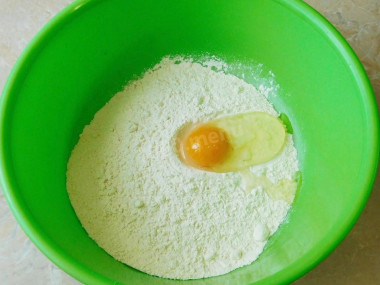
Add the egg, which should be at room temperature. Therefore, take it out of the refrigerator in advance.
Step 3:
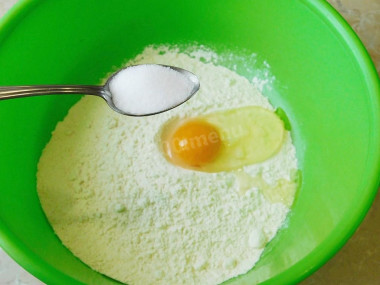
Sprinkle the flour with salt.
Step 4:
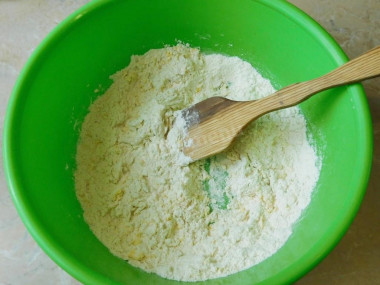
Mix so that the egg spreads evenly over the flour.
Step 5:
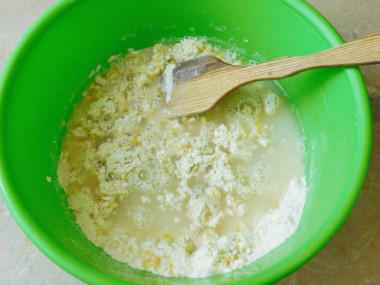
Then add water to the flour and start kneading the dough.
Step 6:
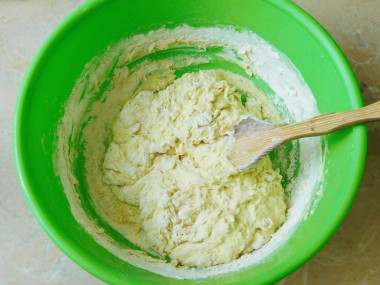
Gradually add flour so that the dough becomes dense and does not stick to your hands. Flour may take more than indicated in the recipe. Watch the test as you work. First, it is convenient to knead the dough with a wooden spatula, and then you will have to knead with your hands. Knead the dough for a few minutes so that it becomes uniform, dense and plastic.
Step 7:
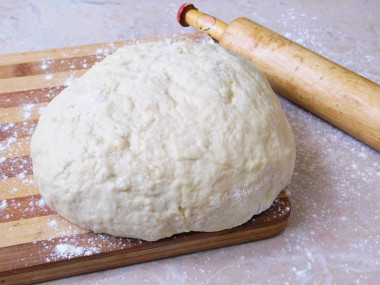
Cover the finished dough with a towel and let it lie down for a while, rest. Use the dough as intended.
Usually khinkali is prepared with a filling with the addition of water, so the dough for them should be dense, but elastic enough so that when cooking the dough could not break and the juice from the filling did not flow out.
The ability to sculpt khinkali is to create a lot of folds on the dough. After all, as a result, you should get exactly the bag. Therefore, not only the taste of the future dish, but also its design depends on the consistency of the dough for khinkali.
The dough can be prepared in different ways - the usual dough of water and flour or dough with the addition of eggs. In any case, it should be sufficiently plastic. to keep all the juices of the prepared dish inside.
The process of kneading dense dough is quite time-consuming, so it is most convenient to use kitchen appliances - a dough mixer or a bread maker. The dough is best prepared immediately before cooking the khinkali themselves. Leaving it for another time is not recommended. Since after storage, the dough will become heavy and very dense.
If desired, you can add a certain amount of spices to the dough, which will give the finished dish an additional appetizing flavor.
Caloric content of the products possible in the composition of the dish
- Chicken egg - 157 kcal/100g
- Egg white - 45 kcal/100g
- Egg powder - 542 kcal/100g
- Egg yolk - 352 kcal/100g
- Ostrich egg - 118 kcal/100g
- Whole durum wheat flour fortified - 333 kcal/100g
- Whole durum wheat flour universal - 364 kcal/100g
- Flour krupchatka - 348 kcal/100g
- Flour - 325 kcal/100g
- Salt - 0 kcal/100g
- Water - 0 kcal/100g

